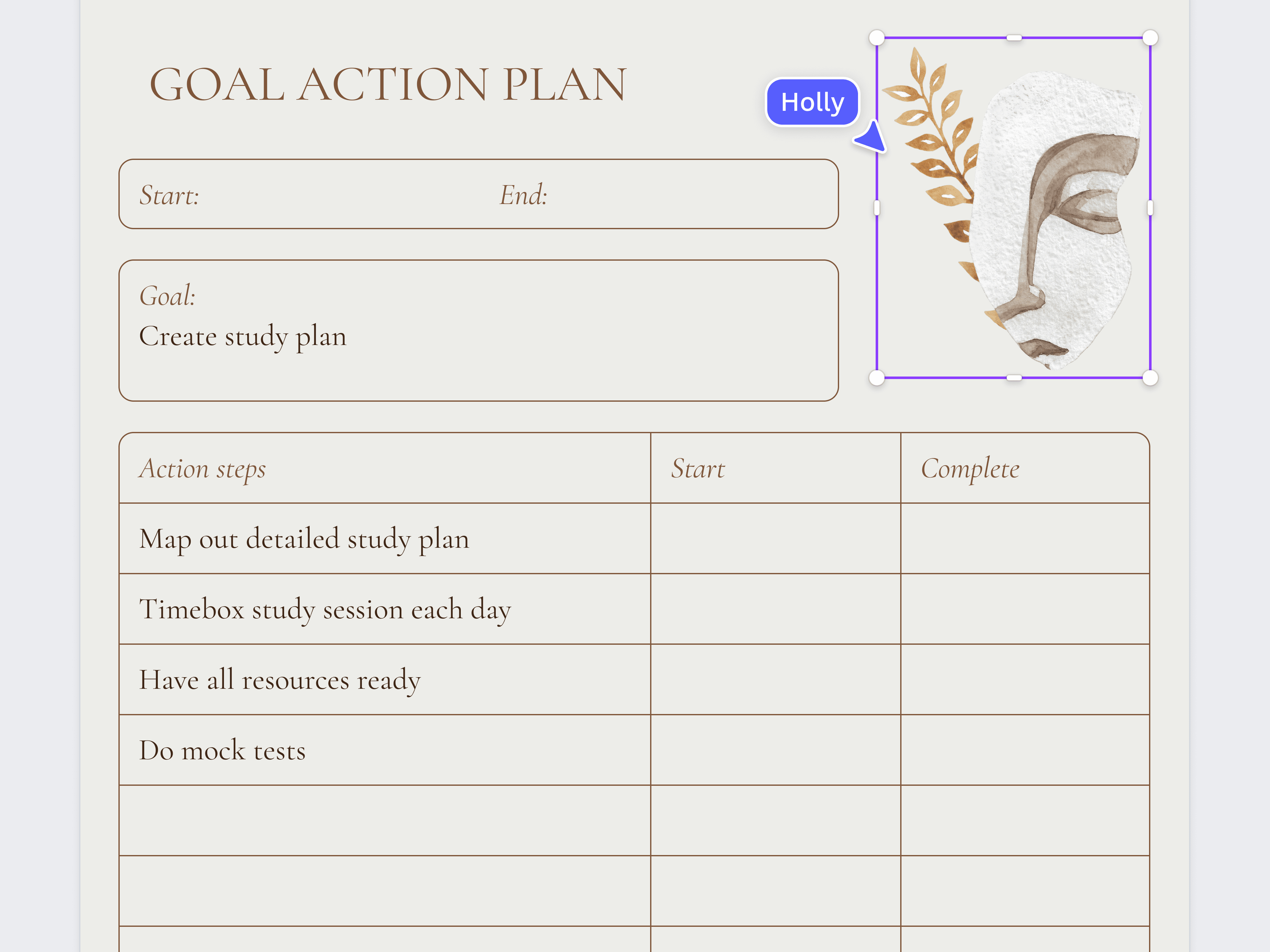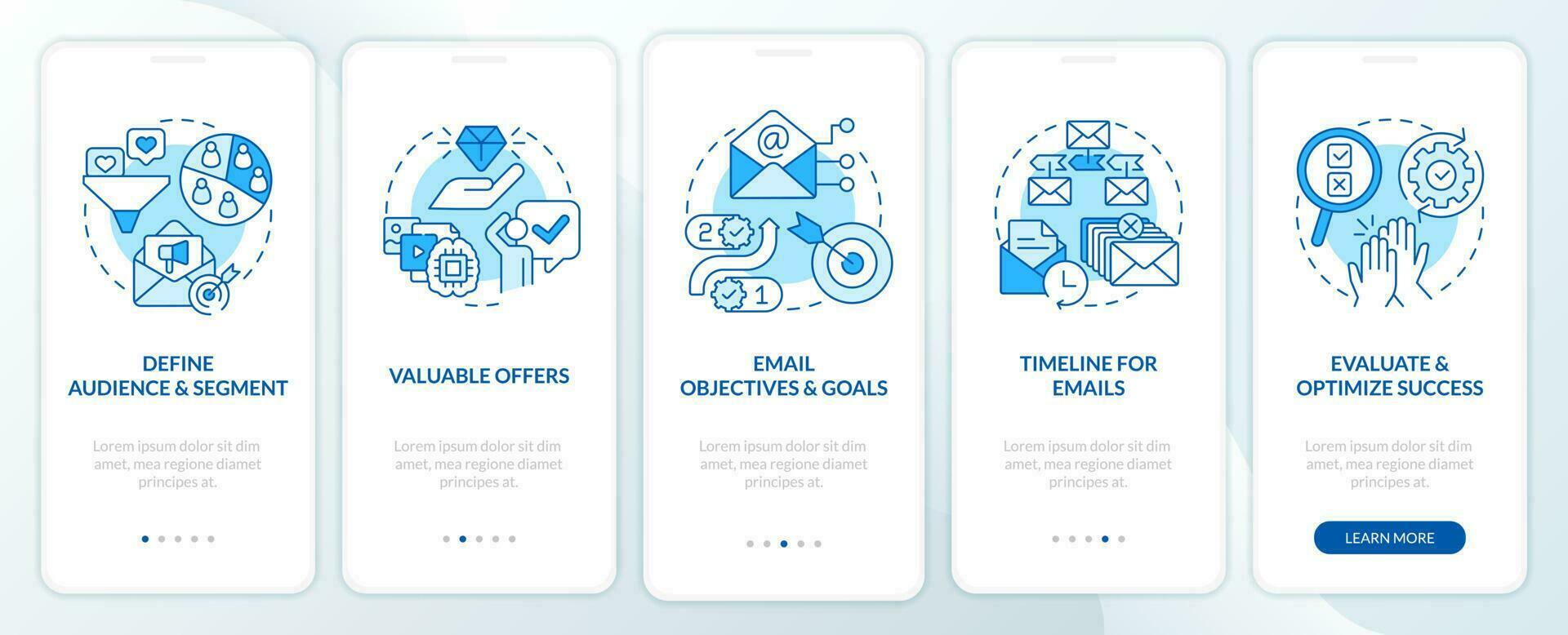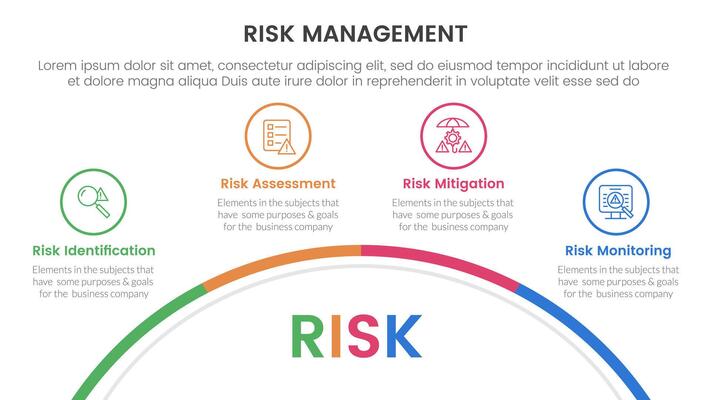Value-Based Care: A Step-by-Step Implementation Guide for Healthcare Practices



- Review current patient satisfaction scores.
- Analyze chronic disease management protocols.
- Assess technology infrastructure and interoperability.
- Evaluate staff readiness and training needs.
Area | Assessment Questions | Action Required |
|---|---|---|
Data Analytics | Can we track patient outcomes effectively? | Invest in analytics tools |
Technology | Is our EHR system VBC-ready? | Upgrade or replace EHR system |
Clinical Workflows | Are our workflows patient-centered? | Redesign workflows |
Area | Assessment Questions | Action Required |
|---|---|---|
Data Analytics | Can we track patient outcomes effectively? | Invest in analytics tools |
Technology | Is our EHR system VBC-ready? | Upgrade or replace EHR system |
Clinical Workflows | Are our workflows patient-centered? | Redesign workflows |

- Review current patient satisfaction scores.
- Analyze chronic disease management protocols.
- Assess technology infrastructure and interoperability.
- Evaluate staff readiness and training needs.
Area | Assessment Questions | Action Required |
|---|---|---|
Data Analytics | Can we track patient outcomes effectively? | Invest in analytics tools |
Technology | Is our EHR system VBC-ready? | Upgrade or replace EHR system |
Clinical Workflows | Are our workflows patient-centered? | Redesign workflows |
Area | Assessment Questions | Action Required |
|---|---|---|
Data Analytics | Can we track patient outcomes effectively? | Invest in analytics tools |
Technology | Is our EHR system VBC-ready? | Upgrade or replace EHR system |
Clinical Workflows | Are our workflows patient-centered? | Redesign workflows |

- Improve patient outcomes for diabetes management.
- Reduce hospital readmission rates for COPD patients.
- Enhance patient engagement in preventive care.
- Lower the per capita cost of care.
Goal | Objective | Metric | Target |
|---|---|---|---|
Improve Diabetes Care | Reduce HbA1c levels | Average HbA1c level | Decrease average HbA1c by 10% |
Reduce Readmissions | Improve discharge planning | 30-day readmission rate | Decrease readmission rate by 15% |
Goal | Objective | Metric | Target |
|---|---|---|---|
Improve Diabetes Care | Reduce HbA1c levels | Average HbA1c level | Decrease average HbA1c by 10% |
Reduce Readmissions | Improve discharge planning | 30-day readmission rate | Decrease readmission rate by 15% |

- Improve patient outcomes for diabetes management.
- Reduce hospital readmission rates for COPD patients.
- Enhance patient engagement in preventive care.
- Lower the per capita cost of care.
Goal | Objective | Metric | Target |
|---|---|---|---|
Improve Diabetes Care | Reduce HbA1c levels | Average HbA1c level | Decrease average HbA1c by 10% |
Reduce Readmissions | Improve discharge planning | 30-day readmission rate | Decrease readmission rate by 15% |
Goal | Objective | Metric | Target |
|---|---|---|---|
Improve Diabetes Care | Reduce HbA1c levels | Average HbA1c level | Decrease average HbA1c by 10% |
Reduce Readmissions | Improve discharge planning | 30-day readmission rate | Decrease readmission rate by 15% |

- Establish a VBC implementation team.
- Develop a detailed implementation timeline.
- Allocate resources for technology and training.
- Create a communication plan for stakeholders.
Task | Responsible Party | Timeline | Resources |
|---|---|---|---|
Workflow Redesign | Clinical Team Lead | 1-2 Months | Workflow mapping software |
EHR Upgrade | IT Department | 3 Months | Budget for upgrade |
Task | Responsible Party | Timeline | Resources |
|---|---|---|---|
Workflow Redesign | Clinical Team Lead | 1-2 Months | Workflow mapping software |
EHR Upgrade | IT Department | 3 Months | Budget for upgrade |

- Establish a VBC implementation team.
- Develop a detailed implementation timeline.
- Allocate resources for technology and training.
- Create a communication plan for stakeholders.
Task | Responsible Party | Timeline | Resources |
|---|---|---|---|
Workflow Redesign | Clinical Team Lead | 1-2 Months | Workflow mapping software |
EHR Upgrade | IT Department | 3 Months | Budget for upgrade |
Task | Responsible Party | Timeline | Resources |
|---|---|---|---|
Workflow Redesign | Clinical Team Lead | 1-2 Months | Workflow mapping software |
EHR Upgrade | IT Department | 3 Months | Budget for upgrade |

- Implement evidence-based clinical guidelines.
- Develop care coordination programs for high-risk patients.
- Enhance patient education and self-management support.
- Improve access to care through telehealth services.
Workflow Change | Description | Benefits |
|---|---|---|
Care Coordination | Assign care coordinators to high-risk patients | Improved patient outcomes, reduced hospitalizations |
Telehealth | Offer virtual consultations | Increased access, improved patient satisfaction |
Workflow Change | Description | Benefits |
|---|---|---|
Care Coordination | Assign care coordinators to high-risk patients | Improved patient outcomes, reduced hospitalizations |
Telehealth | Offer virtual consultations | Increased access, improved patient satisfaction |

- Implement evidence-based clinical guidelines.
- Develop care coordination programs for high-risk patients.
- Enhance patient education and self-management support.
- Improve access to care through telehealth services.
Workflow Change | Description | Benefits |
|---|---|---|
Care Coordination | Assign care coordinators to high-risk patients | Improved patient outcomes, reduced hospitalizations |
Telehealth | Offer virtual consultations | Increased access, improved patient satisfaction |
Workflow Change | Description | Benefits |
|---|---|---|
Care Coordination | Assign care coordinators to high-risk patients | Improved patient outcomes, reduced hospitalizations |
Telehealth | Offer virtual consultations | Increased access, improved patient satisfaction |

- Track key performance indicators (KPIs).
- Analyze patient outcome data.
- Solicit patient feedback through surveys.
- Conduct regular performance reviews.
Metric | Target | Actual | Action |
|---|---|---|---|
Patient Satisfaction | 90% | 85% | Implement patient experience improvements |
Readmission Rate | 5% | 7% | Enhance discharge planning protocols |
Metric | Target | Actual | Action |
|---|---|---|---|
Patient Satisfaction | 90% | 85% | Implement patient experience improvements |
Readmission Rate | 5% | 7% | Enhance discharge planning protocols |

- Track key performance indicators (KPIs).
- Analyze patient outcome data.
- Solicit patient feedback through surveys.
- Conduct regular performance reviews.
Metric | Target | Actual | Action |
|---|---|---|---|
Patient Satisfaction | 90% | 85% | Implement patient experience improvements |
Readmission Rate | 5% | 7% | Enhance discharge planning protocols |
Metric | Target | Actual | Action |
|---|---|---|---|
Patient Satisfaction | 90% | 85% | Implement patient experience improvements |
Readmission Rate | 5% | 7% | Enhance discharge planning protocols |








